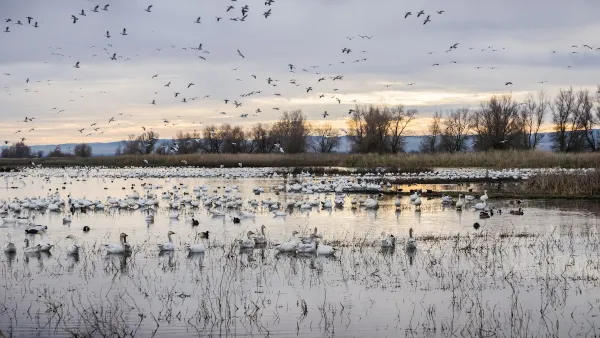Biophilia, originally thought to be an innate and universal love for nature, is now understood as a temperament trait with significant individual differences influenced by genetics and experience.

E.O. Wilson’s concept of biophilia, introduced in his 1984 book, proposes that humans possess an innate and universal love for the natural world. This idea has significantly influenced urban planning and architecture, promoting the integration of natural elements into human environments. However, Wilson himself later revised his stance, acknowledging biophilia as a set of learned behaviors rather than a singular instinct. Recent critiques, like those from Vanessa Woods and Melina Knuth, challenge the universality of biophilia, suggesting instead that it reflects individual differences and should be viewed as a temperament trait—a specific attraction to biodiversity shaped by both genetic and experiential factors.
Research supporting the Biophilia Reactivity Hypothesis highlights that not everyone responds positively to nature, with studies showing variations in stress levels when individuals are exposed to natural versus urban settings. For instance, while most participants experienced reduced cardiovascular stress in forests, a notable minority found such environments more stressful. These findings align with the hypothesis that biophilia is distributed along a spectrum, much like other psychological traits. Anecdotal and early research suggest that biophilic tendencies may emerge in childhood, influenced by both genetic predispositions and upbringing, as seen in children with a pronounced affinity for animals and nature.
This evolving understanding of biophilia opens doors to new research avenues, including the development of a Biophilia Quotient Scale to measure individual differences. Such a tool could explore the connections between biophilia and various life aspects, such as personality, career choices, and environmental advocacy. Understanding these individual differences could refine our approaches to conservation, urban planning, and education, tailoring them to better resonate with diverse human experiences of the natural world.
FULL STORY: Is Love of Nature in Our Genes?

National Parks Layoffs Will Cause Communities to Lose Billions
Thousands of essential park workers were laid off this week, just before the busy spring break season.

Retro-silient?: America’s First “Eco-burb,” The Woodlands Turns 50
A master-planned community north of Houston offers lessons on green infrastructure and resilient design, but falls short of its founder’s lofty affordability and walkability goals.

Delivering for America Plan Will Downgrade Mail Service in at Least 49.5 Percent of Zip Codes
Republican and Democrat lawmakers criticize the plan for its disproportionate negative impact on rural communities.

Test News Post 1
This is a summary

Test News Headline 46
Test for the image on the front page.

Balancing Bombs and Butterflies: How the National Guard Protects a Rare Species
The National Guard at Fort Indiantown Gap uses GIS technology and land management strategies to balance military training with conservation efforts, ensuring the survival of the rare eastern regal fritillary butterfly.
Urban Design for Planners 1: Software Tools
This six-course series explores essential urban design concepts using open source software and equips planners with the tools they need to participate fully in the urban design process.
Planning for Universal Design
Learn the tools for implementing Universal Design in planning regulations.
EMC Planning Group, Inc.
Planetizen
Planetizen
Mpact (formerly Rail~Volution)
Great Falls Development Authority, Inc.
HUDs Office of Policy Development and Research
NYU Wagner Graduate School of Public Service




























